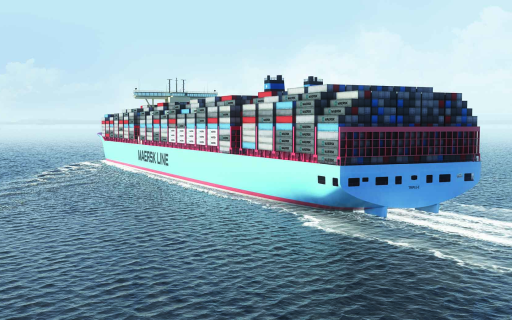Introduction to Sea Transportation
Greetings, nautical marvel junkies! And what do you think of when it comes to the passage that travels your favorite products from any part of the world to your nearest store? For many of us, what we may not realize, is that a lot of this route is conducted on the high seas Not land. We are, of course, referring to sea transport--the backbone of the global supply chain.
For thousands of years, sea transportation has been the windpipe of international trade. Since the days of the ancient Silk Road by sea, moving goods across vast oceans has been vital to linking the world together. Therefore, in this post, we will talk about the sea transportation and how help keep our Earth healthy by driving the economy.
The Types of Sea Transportation
Sea transportation might bring to mind images of giant containerships, but did you know that there are different ships over roaming the waters? Now lets dissect the key actors:
Container Ships: the Swiss Army knives of the sea, hosts for hundreds of different types of goods packed in metal boxes called containers. They serve as versatile champions, moving toys and electronics and clothes, all in just a few stately steps.
Bulk Carriers: Imagine a floating silo, that's what the bulk carrier is. Getting the most out of their huge holds, these giants move bulk in mass to destinations for commodities like grain, coal and ore.
Tanker Ships: Tankers are the vessels that carry all kind of liquids, from oil to chemicals. They are made to facilitate the transfer of all kinds of liquids from one place to another in a safe and optimized manner.
Ships of each type are vital to the industry and collectively they keep global commerce flowing.
How Sea Transportation Works
So, how does it all work? Step By Step Process of Shipping Goods Via Sea This process begins by loading in cargoes into containers or ships at the origin port. After that, the ship sails through seaways to reach its destination. It will likely make stops at different ports to leave or get more freight.
This has also many a key players in this process like shipping lines, port authorities, customs officials and logistics companies. Like an orchestra they function as a seamless unit to make certain each shipment moves successfully from ship-to-shore-to arrival.
The Benefits and Challenges of Sea Transportation
So finally in this blog I will disclose some pros and cons of sea transportation. The good news, is that it is a low-cost form of transportation, particularly for shipping large volumes of goods. This method is also well established, with known routes and times. Also, due to the size of these ships, it can transport more cargo in its load and this is why it helps keep down the cost for transportation.
But there are challenges too. Weather and other factors can add days to a long voyage, and the cost of transporting goods on large ships around the world is not just in dollars – these behemoths pump out climate-harming CO2. And of course, there are pirates--yes, they're still a thing although advanced maritime security measures mean the chance of being boarded is minnal.
The Future of Sea Transportation
What we can expect in future, is an even more efficient and greener sea transportation. With innovations in technology creating automation and real-time tracking, what was once considered archaic is now being updated. Concurrently, there is a rising emphasis on environmental impact limited development of alternative fuels and more efficient ship designs.
Trade policies at the global level will also directly affect the future of sea transportation. Like trade agreements, the routes and regulations followed by goods emerging from abroad will also continue to evolve in their oceanic path.
Conclusion: Embracing Sea Transportation in the Global Supply Chain
In short, Sea transportation is very crucial for all around the globe. The unsung hero that goes almost unnoticed in keeping our global economy moving and shipping products from one end of the planet to the other. With the growth of business across continents, making a shift to sea transportation may become vital for cost and time-effective logistics.
Endure that little agonizing wait when you are waiting for the new gadget or fashion trend to be released and remember the bridges that helped you across. Perhaps it began with a boat sailing the seas, proof of what sea-borne travel could do.



